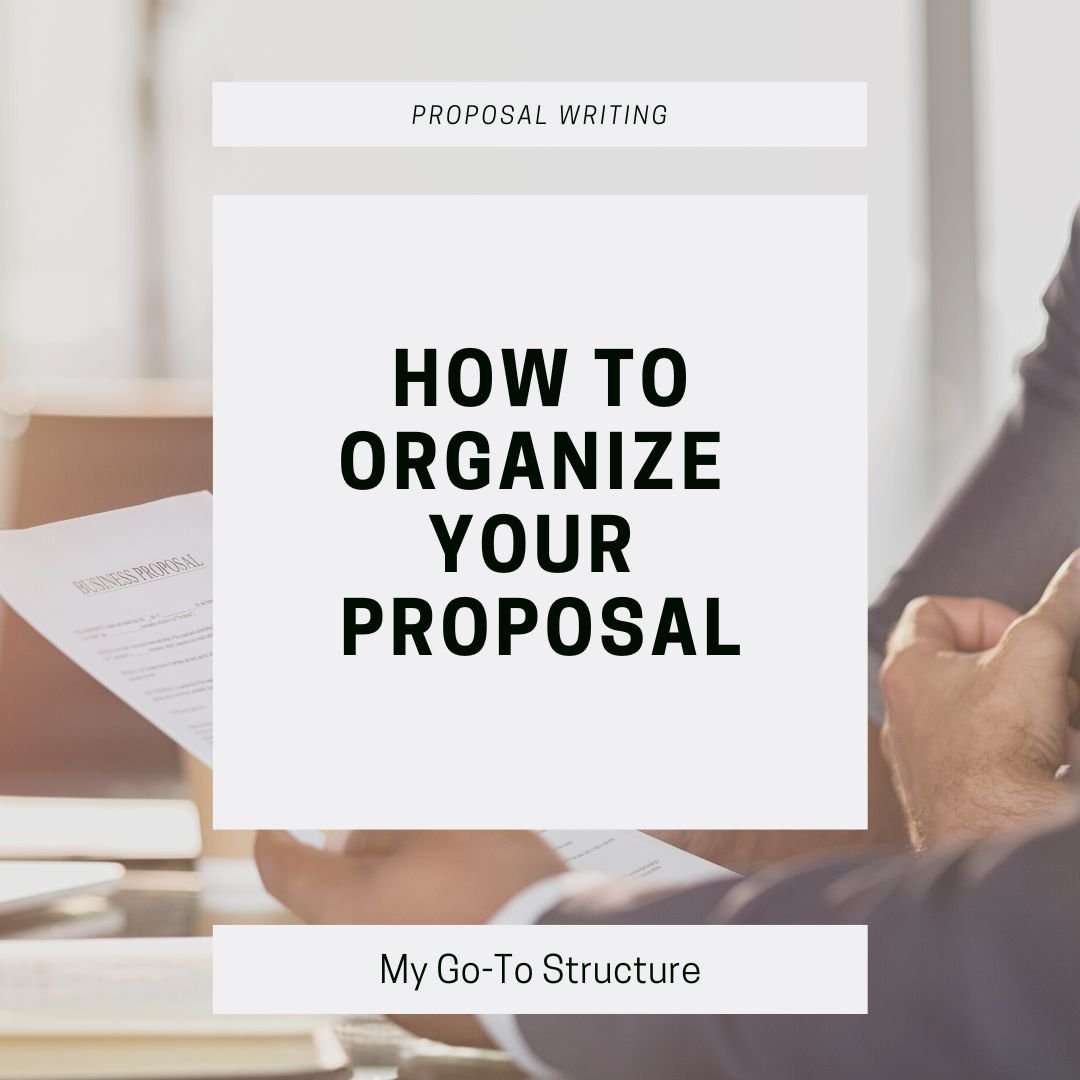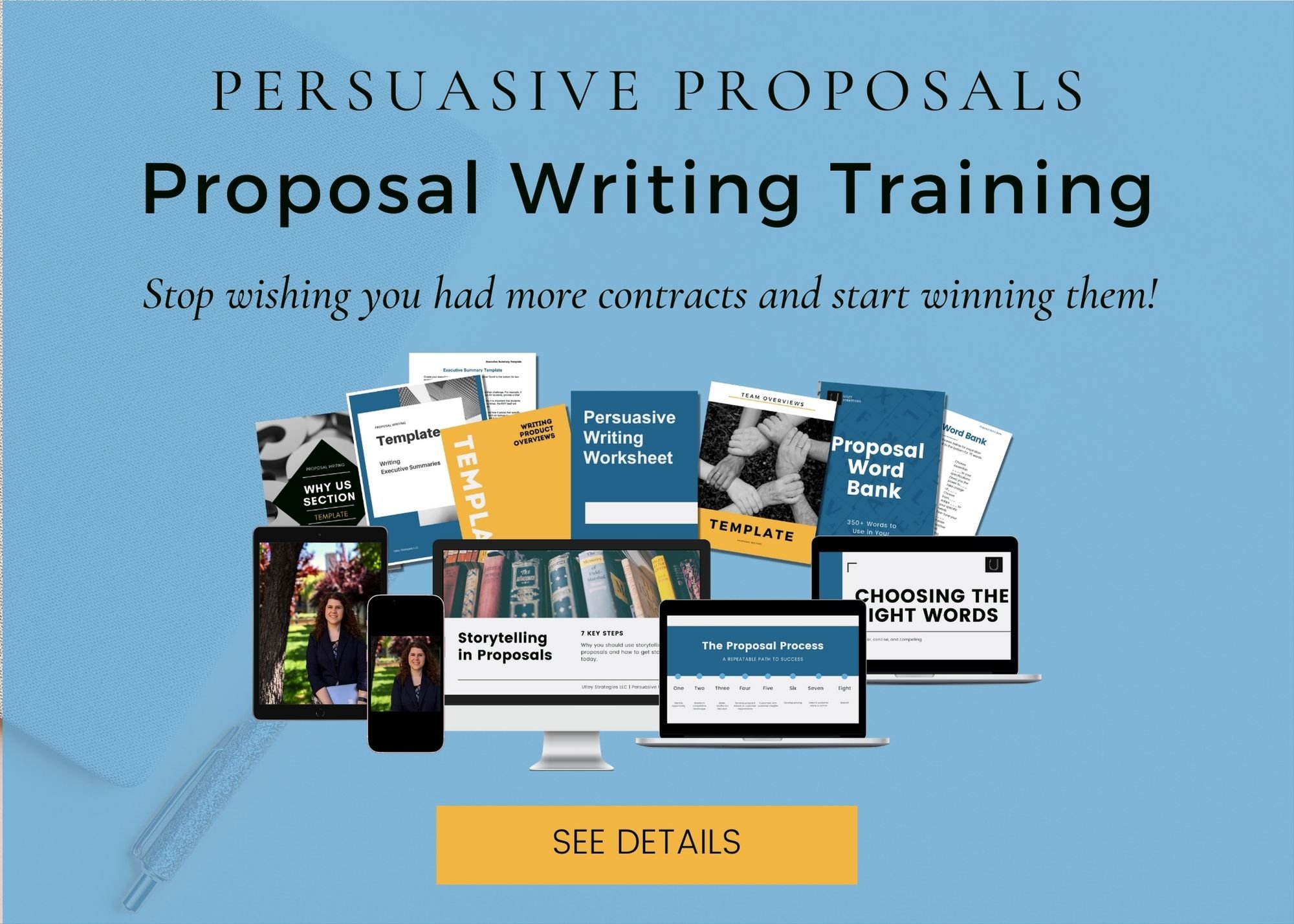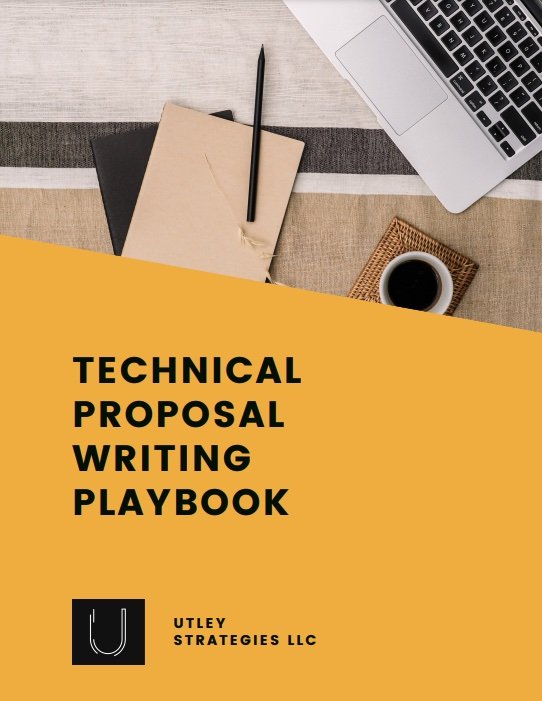How to Organize Your Proposal
I started writing proposals in response to RFPs, and while RFPs have many cons, knowing what they want to see in the proposal is typically not one of them.
Many RFPs detail the exact format to send as your bid, making my job a lot easier.
This isn’t always the case, unfortunately.
I remember the first time I had to create a proposal that wasn’t an RFP.
It landed on my desk, and I asked my boss at least four times, “But how do I organize it?”
In the years since that stressful moment, I’ve worked on more and more proposals that don’t have a specific structure (including creating my own proposals as part of my business). In that time, I’ve developed a proposal structure that works no matter what you’re selling.
Let’s take a look at how you should organize your proposal in a few different situations.
If there’s an RFP…
As I said above, RFP situations tend to be easier because most of the time they’re going to tell you what to include and where.
RFP Format
If there is a format section in an RFP, then this is how you should organize your proposal. Many procurement teams make it very clear exactly how you should structure your proposal so it’s easy for them to evaluate. The goal is for proposals to be cohesive across different companies to make it easier to objectively evaluate offerings.
From an organizational standpoint, this is the ideal scenario because you know exactly what to include and where.
Evaluation Criteria
Sadly, not every RFP tells you the format you should follow.
If you have an RFP in your lap that doesn’t tell you the structure, but it does have Evaluation Criteria, then follow the order of the evaluation criteria.
For example, Company Expertise might be listed first and have the most points. In that case, list Company Expertise first. Continue down the list until you have all of the criteria.
Remember to only do this if there is not a specific format, however. Always follow the specified format first if there is one.
If there is no format and no evaluation criteria, then you can follow the structure laid out in the No RFP section below.
What about forms?
Forms often aren’t listed in the evaluation criteria, and while many organizations include them in the format section, it’s not uncommon for them to be left out.
In that case, I include forms at the end of the proposal either as Appendix A or an Attachment called Required Forms.
If you see forms that look like they should be included but aren’t explicitly mentioned in the format section, you can either ask a question about including them or assume they should be included and attach them at the end.
In general, forms don’t count towards the page limit (if there is one), but if you’re concerned, ask a question during the Q&A period to confirm.
No RFP…
For non-RFP proposals (or if there isn’t a format or evaluation criteria section), this is the format that I have found to be most effective.
It allows you to tell a story, show that you understand the customer’s challenges, highlight why you are the best choice, and end with a strong sell at the end.
The sections (in order) are:
Cover Letter
The cover letter will appear immediately after the cover page (often before the table of contents). This is the perfect place to speak to your current relationship with the customer, highlight anything unique about your offering, and add a more personal touch to your proposal.
Cover letters should be one page only, with company letterhead, and signed by either a high-ranking team member or the person with the best relationship with the customer.
Project Summary
The Project Summary section is where you will give an overview of your project. This can be anywhere from one paragraph to multiple pages depending on the project. You can think of this as an introduction to your solution before you go into detail in the next section.
Solution Overview
The Solution Overview dives into the details of your offer. If you’re offering a product, then you’ll use this section to talk about features that are important to the customer. For services projects, you will cover your implementation approach, list an implementation plan (i.e. the phases of your project with an example schedule), and touch on anything essential to completing the project.
You can also use this section to list what is in scope and out of scope for the project. You may also describe service-related aspects of the project, such as customer service, shipping and delivery information, warranties, and any other aspects that the customer should be aware of.
This is the main section that covers your solution, and it will likely be the longest in your proposal.
Team Overview
After the solution, you will introduce the team assigned to the project.
This is an important section for services projects. Here you should have short bios of key team members, such as the project manager, project lead, and so on (based on your team structure). You might also have an introductory paragraph that speaks to your team at a higher level.
For product-based offerings, the team overview section might focus on an account manager or customer service team. Nearly every company has some sort of team involved in the project, and this is the section where you will show how your team will be supporting the client.
Company Qualifications
After the team section, you’ll move back at a higher level to touch upon your company qualifications.
Here you can talk about your process and experience with other similar customers. If possible, include a few short case studies of similar work for past clients to show that you have helped solve similar problems in the past.
You can also highlight any notable statistics or achievements here, such as the number of clients you’ve supported, any awards your company has received, and any other noteworthy accomplishments that prove you are qualified to do the work.
Pricing
Now that you have made the case for why your company is qualified to support this project, it’s time to show pricing.
The pricing section typically has very little written content, but you may want to explain anything that will cost extra or the payment schedule here.
Price information can be included in a table format for easy reading.
Why Us
My favorite ending section is a “Why Us” section.
By now, the evaluators have skimmed through the proposal, stopped on pricing, and they’re trying to decide if there is enough value in your offering to justify the cost.
This final section is where you help them to make that justification.
Here you will emphasize any value you bring to the project, why you are a better choice than the competition, and show them what life can look like if they choose to work with you.
Next Steps for Proposal Organization
That’s it for my favorite way to organize proposals!
Once you have the organization in place, it’s time to think about your content and design. If you need help in either of those areas, check out our courses.




